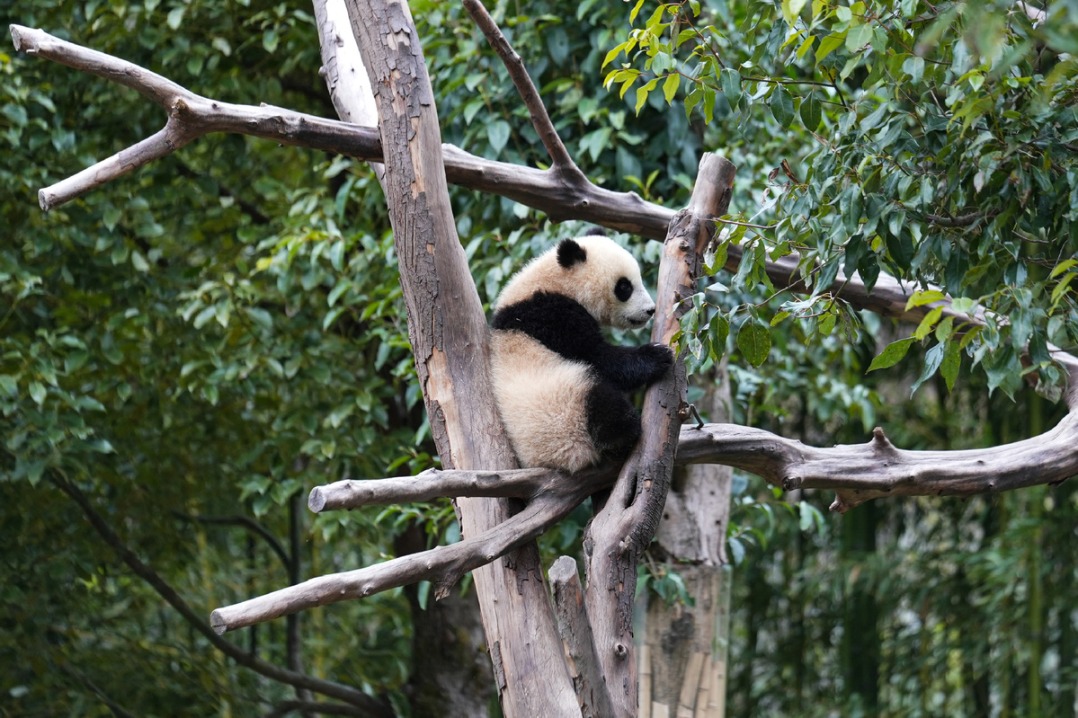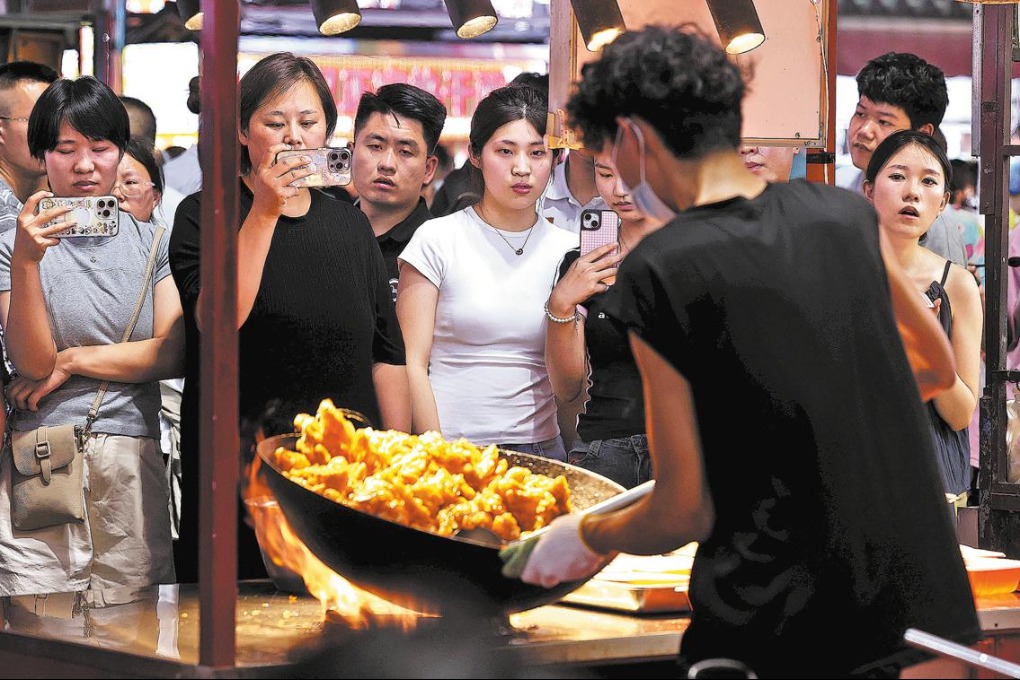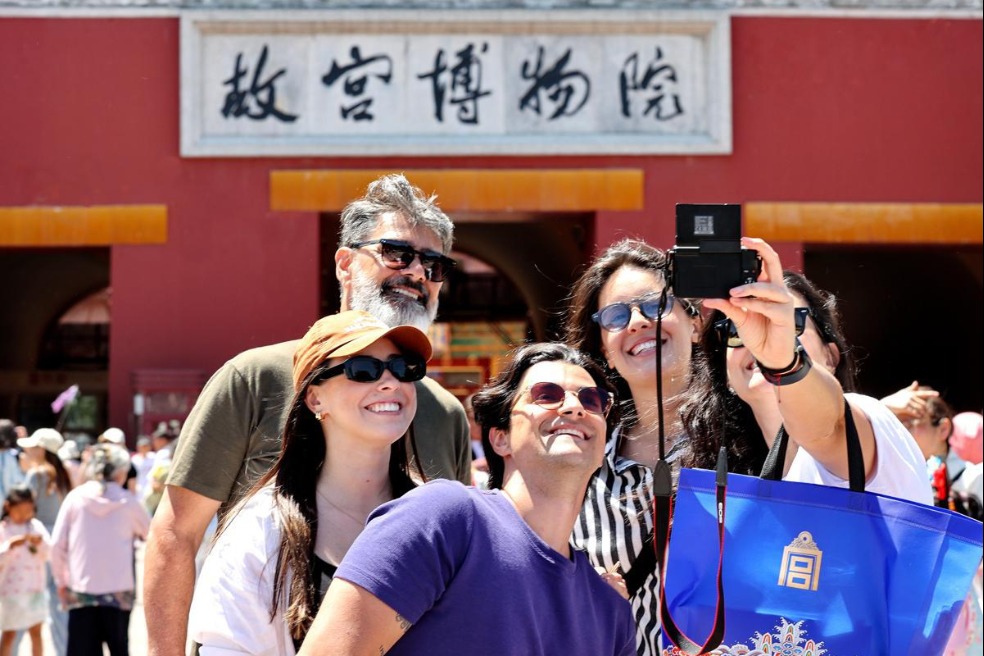Wuxiang festival retraces heroic tales of resistance
Young people inspired by 'Taihang spirit' of sacrifice and selfless dedication

Guan Lixia, 24, had grown up listening to her grandfather's stories about the fight against Japanese invaders during the Chinese People's War of Resistance Against Japanese Aggression (1931-45). The grandfather would recount tales of how he and the residents of Zhuanbi village in Wuxiang county, Shanxi province, cleverly used the local tunnel system and guerrilla tactics to help the Eighth Route Army repel the Japanese aggressors.
Wuxiang, located in northern China, served as the headquarters of the Eighth Route Army and a revolutionary base in the Taihang Mountains. As a native of Wuxiang, Guan said, "The stories of the resistance have subtly influenced my life, instilling in me a sense of responsibility. Whenever I see remnants of the war, I feel a deep respect in my heart."
During the period of the war, in the small county of Wuxiang with a population of 140,000, over 90,000 people joined various anti-Japanese organizations, more than 14,600 people enlisted in the Eighth Route Army, and over 20,000 sacrificed their lives.
"What sets Wuxiang apart from other revolutionary bases is its spirit of selfless dedication," Guan said.
In commemoration of the 80th anniversary of the victory in the war against Japanese aggression and the World Anti-Fascist War, the county held the 13th Eighth Route Army Cultural Tourism Festival on May 24.
The event featured activities such as a conference on the high-quality development of Red tourism, a concert of folk songs and orchestral music, and immersive study tours along the heroic paths of the Taihang Mountains.
Zhao Zhenzhi, 20, dressed in an Eighth Route Army uniform, took to the stage during the festival. He said, "When I put on this uniform and stand on stage, I feel deeply the spirit of the Eighth Route Army soldiers who feared no sacrifice."
The Party secretary of Wuxiang, Wang Shuwen, said that present-day Wuxiang would conscientiously uphold the promotion of the historic Taihang spirit as its greatest mission. The county aims to fully explore the rich connotations and contemporary values of the Taihang spirit, advancing the integrated development of Red tourism in revolutionary old areas.
As one of the key highlights of the festival, the immersive study tour retracing the heroic paths of the Taihang Mountains allowed visitors to walk over 5 kilometers from the Red Star Poplar Park in the county, passing through historical Red sites, including Wangjiayu, Shangbeizhang and Xiabeizhang. Along the route, actors portrayed soldiers, reenacting scenes such as the Battle of Guanjianao, enabling visitors to immerse themselves in the history of the resistance.
Bao Yuyang, a student from Taihang Elementary School, served as the flag bearer and said after visiting the former headquarters of the Eighth Route Army in Wangjiayu: "Only by walking through the places where heroes fought can we truly appreciate the hardships endured by our ancestors. This immersive education is more effective than textbooks; I want to share these stories with more classmates."
Wu Fengbin, the chief planner of the study tour, said, "Wuxiang's rich red culture emphasizes that the development of Red tourism isn't just about superficial sightseeing for tourists but delving deep into the cultural essence, using compelling stories to evoke emotional resonance and to imbue people with the spirit of sacrifice, strengthening their ideals and beliefs."
Shanxi province was a major battlefield during the war, hosting several major revolutionary bases, and gaining fame through battles like the Battle of Pingxingguan (on Sept 25, 1937) and the Hundred Regiments Offensive (Aug 20-Dec 5, 1940). To promote the integrated development of Red tourism in old revolutionary areas, the province recently launched 10 high-quality, Red tourism-themed routes.
The Taihang Memorial Museum of the Eighth Route Army in Wuxiang stands as the nation's sole large-scale revolutionary memorial hall comprehensively reflecting the history of the Eighth Route Army's resistance.
It houses 6,554 war relics, including 134 national first-class cultural relics. Tian Yuehui, deputy curator of the museum, said, "The history of the Eighth Route Army's resistance is a crucial part of China's glorious revolutionary journey."
Tian emphasized that studying the history of the Eighth Route Army is essential for summarizing historical experiences and promoting the spirit of the resistance. This year, the museum plans to collaborate with the Museum of the War of Chinese People's Resistance Against Japanese Aggression to host a temporary exhibition and organize an academic seminar to commemorate the 80th anniversary in Wuxiang.
In recent years, the county has been working toward becoming a nationally renowned Red tourism destination, actively creating a national 5A-level scenic area centered around the Eighth Route Army cultural tourism zone.
They aim to establish a cultural tourism industry ecosystem that leads with Red tourism and fosters diverse coexistence, striving to surpass 3 million annual visitors and achieve a direct tourism revenue of 3 billion yuan ($420 million) by 2035.
"As young people in the new era, we should integrate our personal ideals into national development, much like the heroes of the resistance," said Guan Lixia.

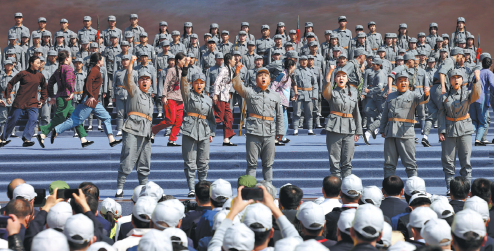

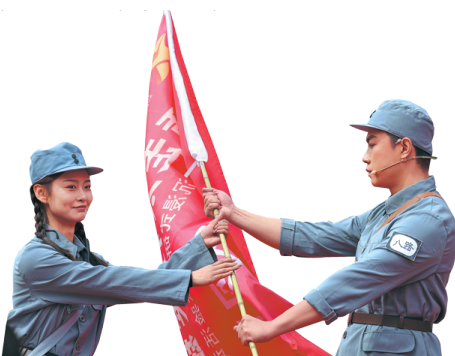
Today's Top News
- Collection of Xi's articles on education, other two books published in Hong Kong
- Local govts urged to improve handling of hot spot issues
- China hailed as stabilizing global force
- Climate not a contest for China, US
- Beijing supports Tehran in maintaining dialogue
- Ensuring stable supply chains vital to intl market
















